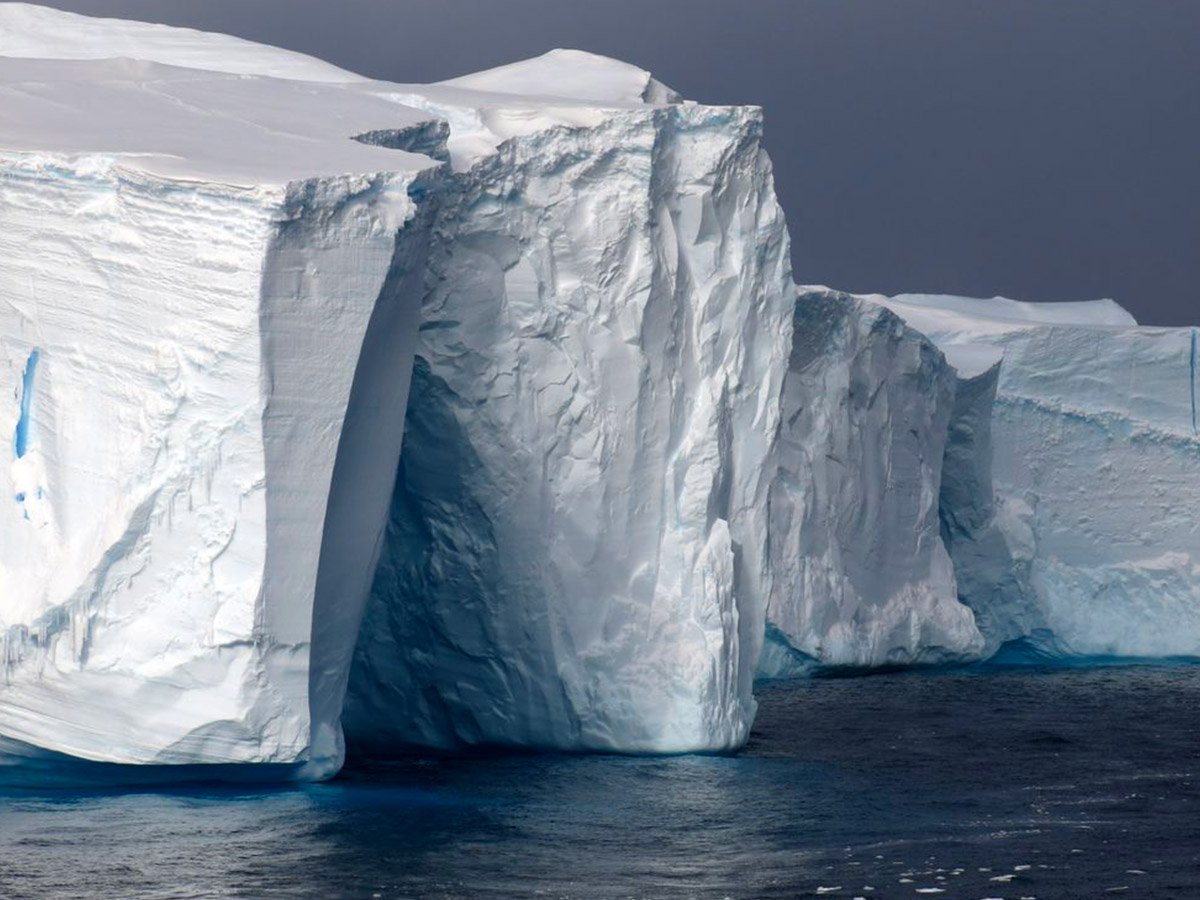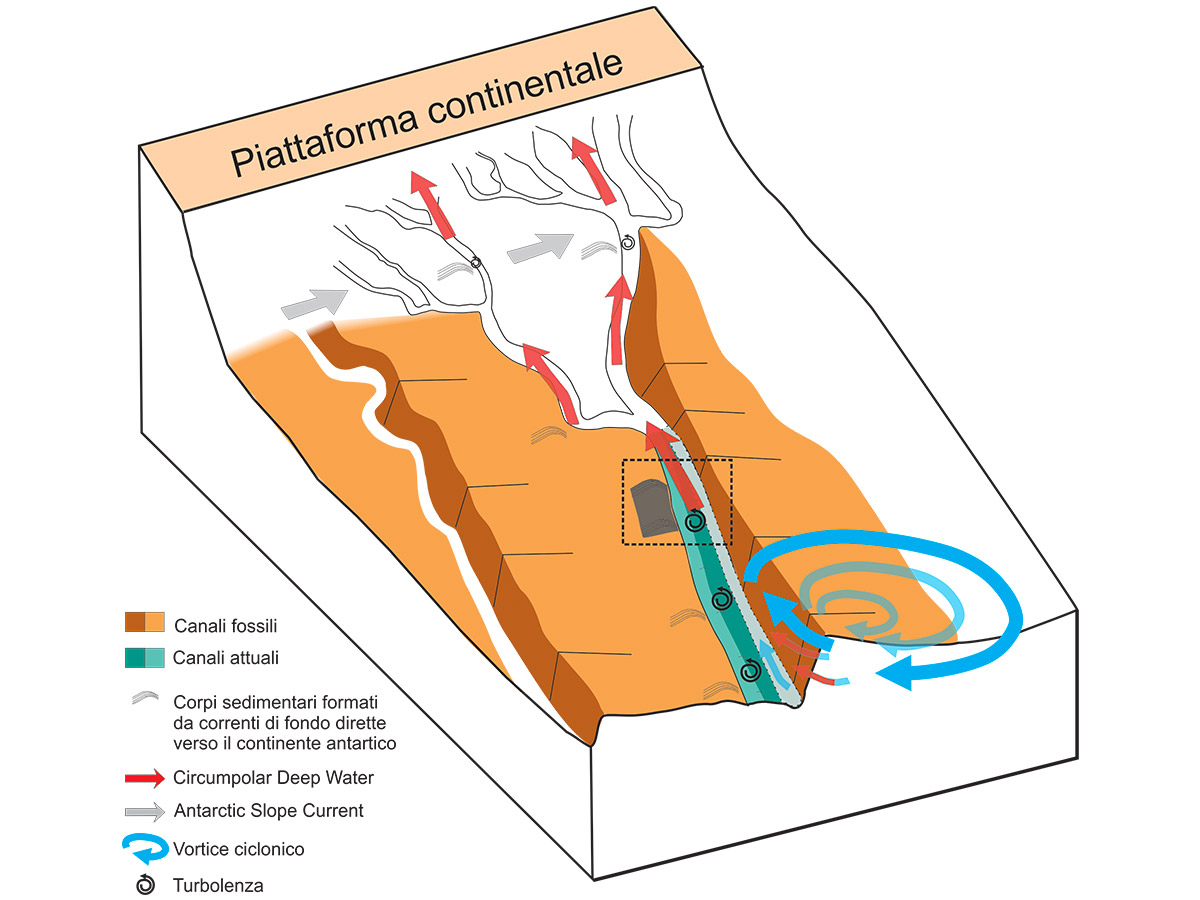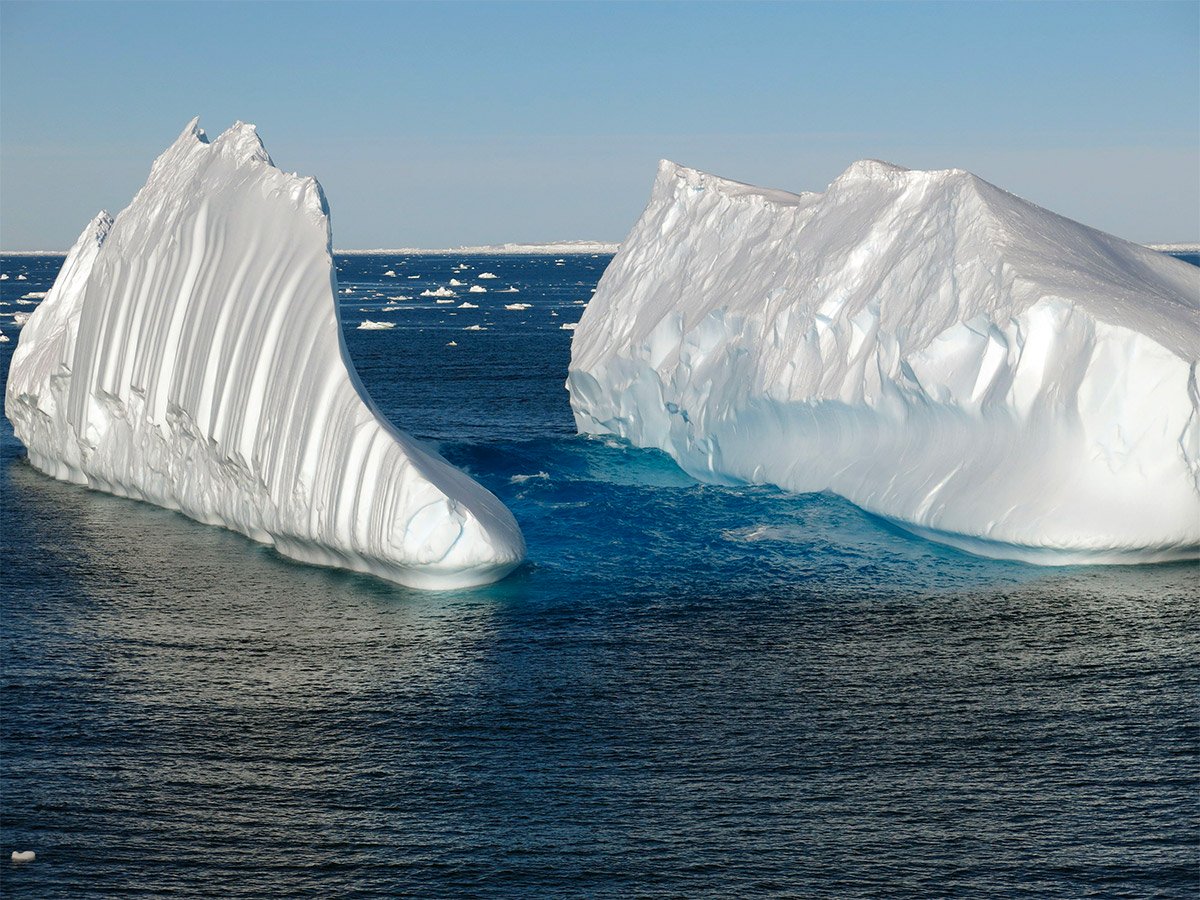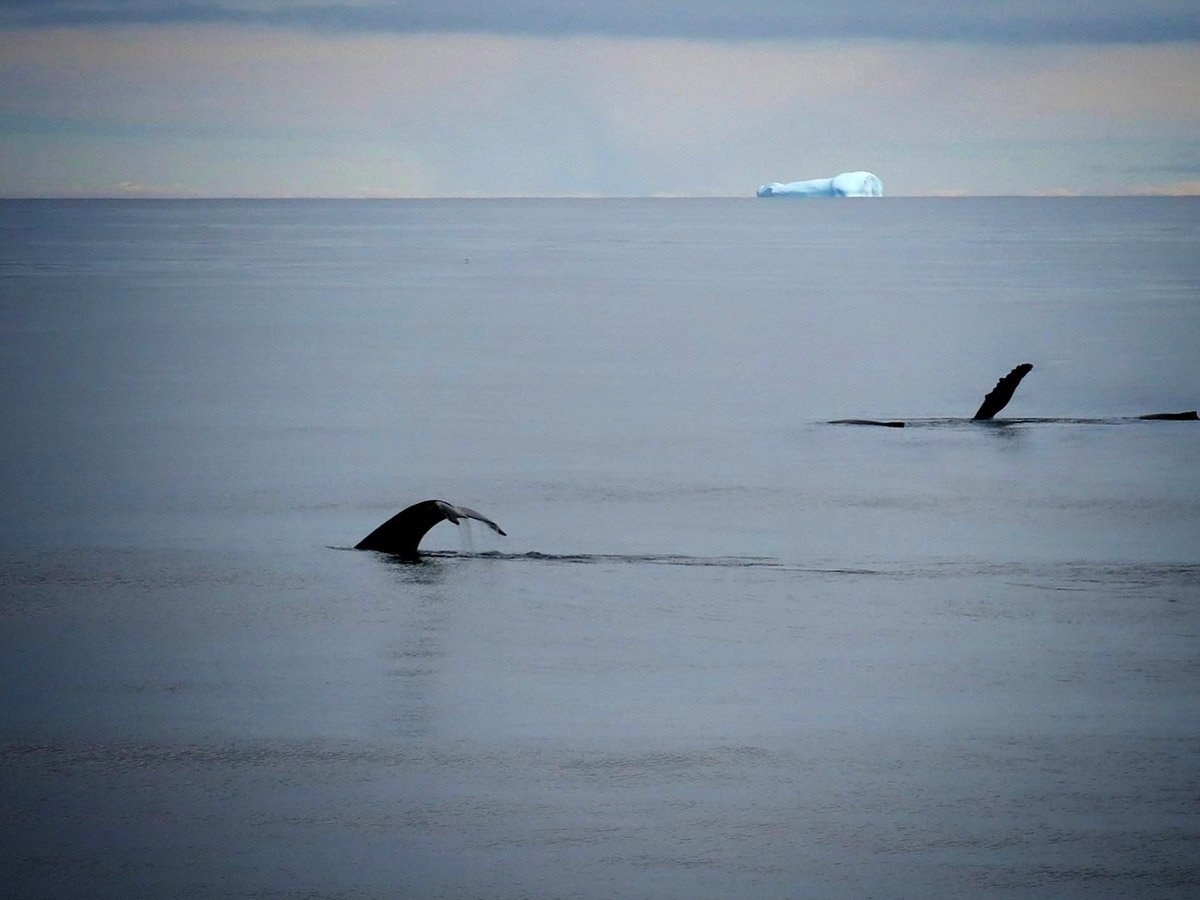
New clues on the role of underwater canyons in the instability of the Antarctic ice sheet
The new study by an international team of researchers led by the National Institute of Oceanography and Applied Geophysics - OGS on the role of submarine canyons in the instability of the Antarctic ice sheet has been published in Nature Communications.
Antarctic canyons play a crucial role in the instability of the East Antarctic Ice Sheet, as they act as channels that facilitate the transfer of relatively warm water (the so-called circumpolar deep water) from the abyssal areas to the continental shelf and from there to the base of the ice sheet, contributing to its dissolution. The study highlights the discovery of sedimentary bodies within the canyons that represent the geologic imprint of persistent bottom currents flowing along the canyons and transporting oceanic heat toward the Antarctic continent.
The results of this study have highlighted the key role of underwater canyons, which are therefore key areas for understanding the mechanisms associated with ice sheet melting in the past and present, and contributing to the formulation of projections of future sea level rise.



